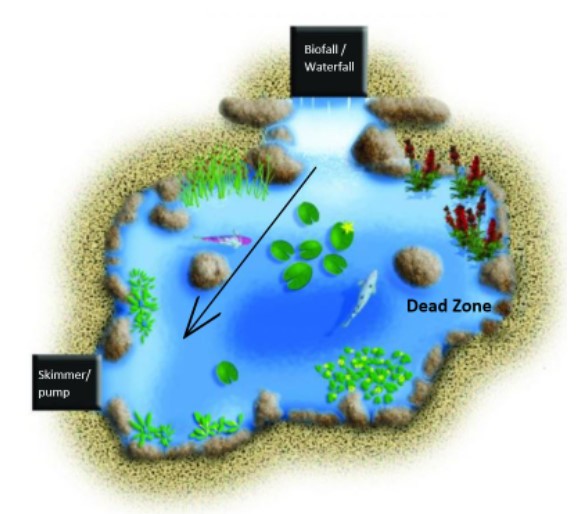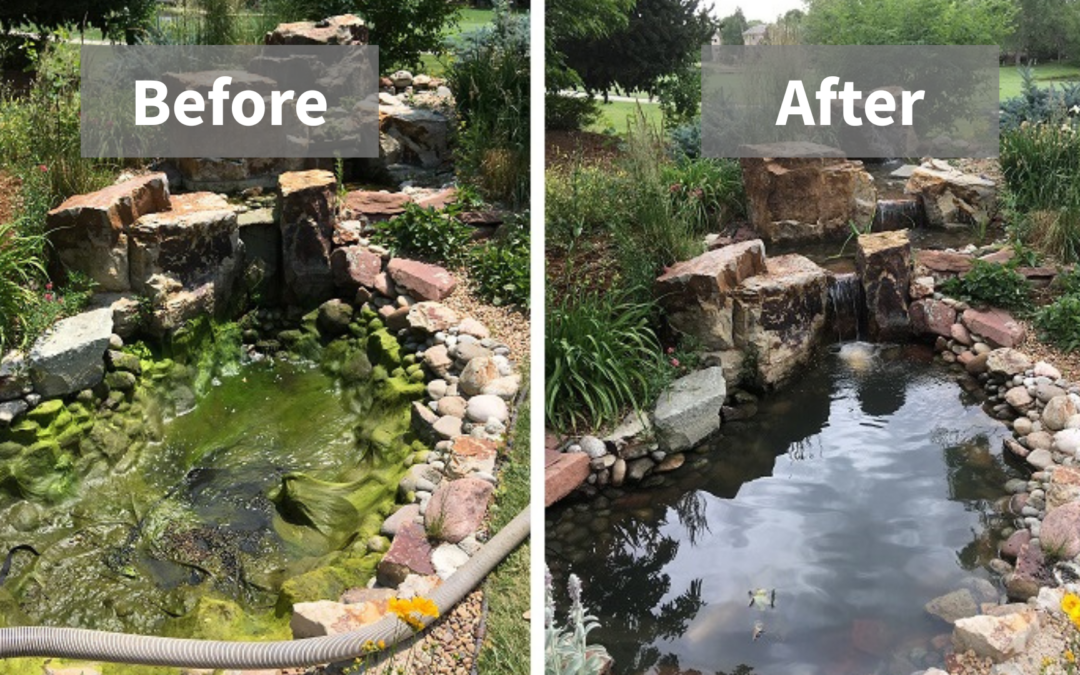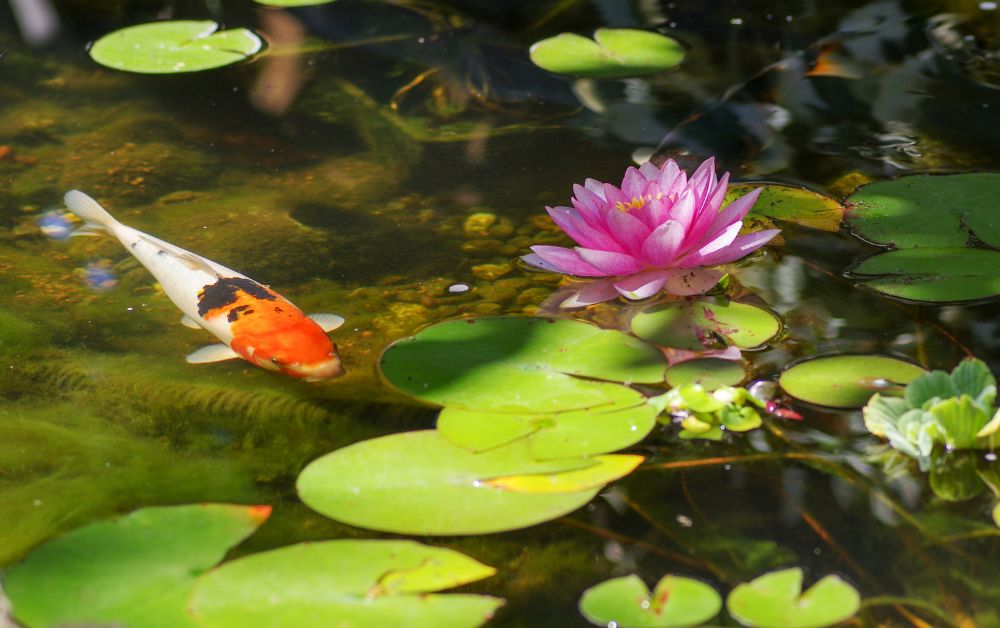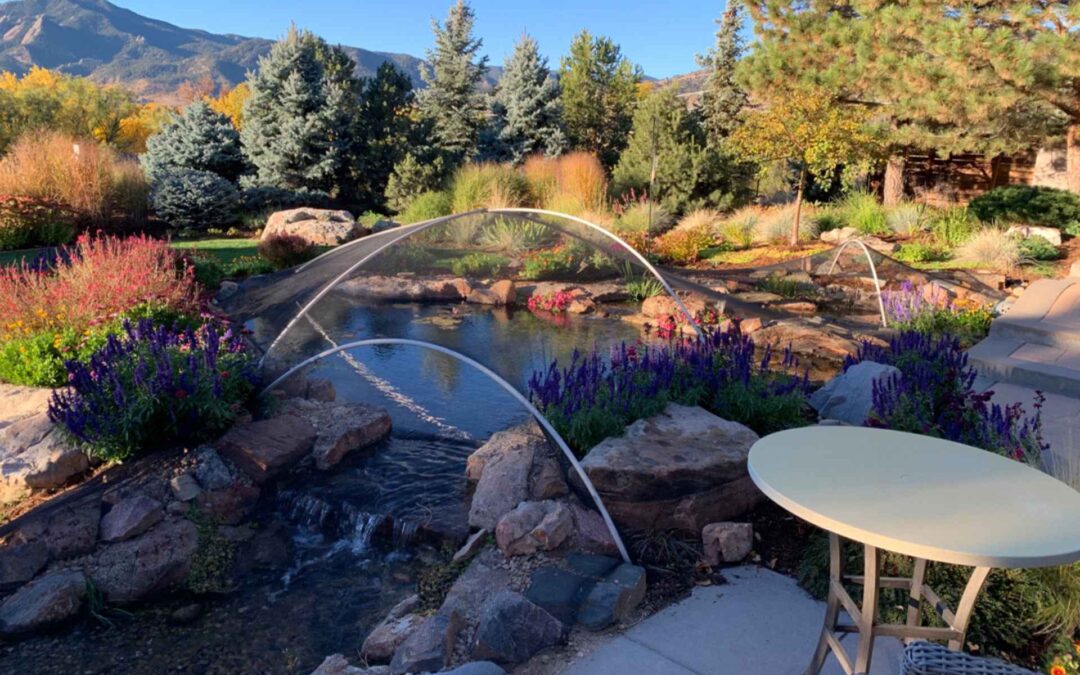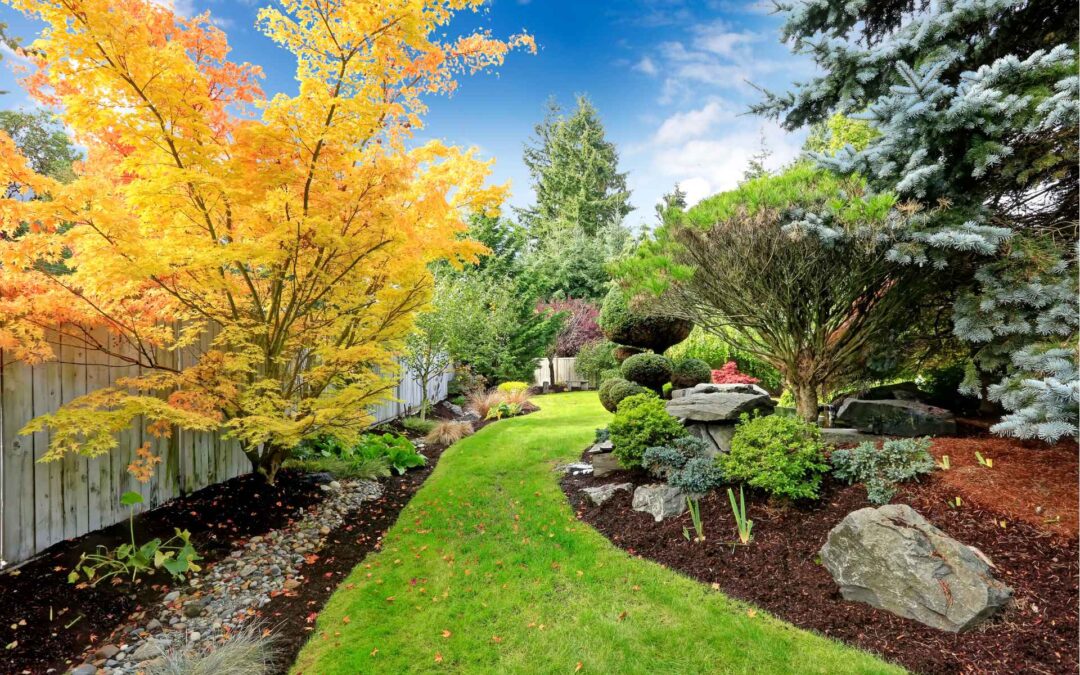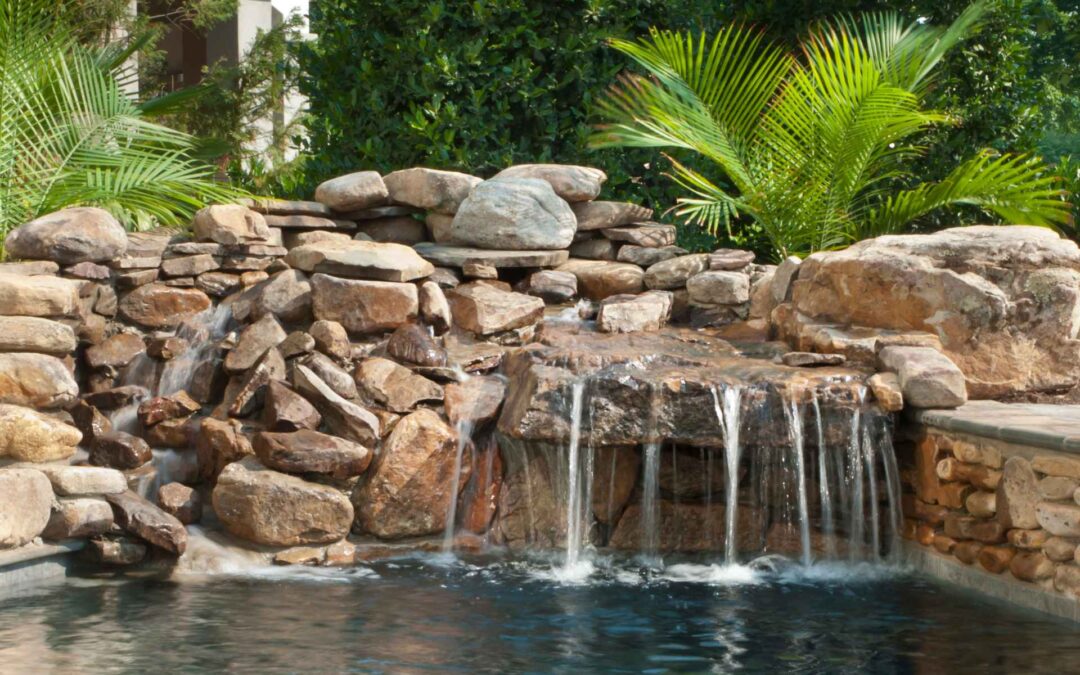What are Dead Zones and how do they occur?
Good question. Glad you asked!
The waterfall and pump create water flow and, thus, circulation in your pond. Ideally, the waterfall and skimmer (which houses the pump) are at opposite ends of the pond to create the best and healthiest circulation.
When the waterfall and skimmer (pump) are too close together on one side of the pond (as in the above picture), a dead zone is created.
Identifying dead zones in the backyard pond
If it’s a dead zone, you may notice:
- Leaves accumulating.
- More algae where there is no circulation.
- If you drop a leaf into a stagnant area to see where it goes, you’ll find that it doesn’t really go anywhere.
If you have a dead zone, look at the bright side!
There are things that will help:
- Aeration
An aerator in the dead zone will put more oxygen into the space and move the water so that it can join with the rest of the circulation.
- Jet Pump
A small pump put directly in the dead zone area will circulate the water.
- Plants
Depending on the depth and space of the dead zone area, it may be the perfect place to add plants.
Pro Tips:
If you have a small area of your backyard pond with little circulation, it may be the perfect place for a LOTUS! Lotus don’t like moving water and need to have 1 1/2 to 2 feet of depth.
Circulation is a major key to a healthy pond ecosystem, don’t ignore it!
Now, how else can Colorado Pond Pros help you?
We love our jobs and are excited to help you with your backyard pond installation, pond service, and repair! And as the pond experts, we have plenty of advice and info on landscaping as well.
Contact us today for help tending to your pond or installing a new one!
To learn more about how to take care of your backyard ponds this spring, read Spring Pond Concerns: Feeding the Fish and Spring And Your Pond: Be Ready For Predators!, as well as Topping Off the Pond: What to keep in mind.

